There is more to history than just conflict and bloodshed. Occasionally, it has more to do with inventions, economic shifts, revolutions, political upheavals, natural disasters, etc. Indeed, these are significant topics to consider, but occasionally these noteworthy incidents can overshadow some of the most intriguing and unusual situations. While historical accounts in textbooks may have overlooked these events, we will not. These ten historical facts will surprise you because they are probably something you have never heard of before.
1. Wine Bricks

The Prohibition-era wine industry devised a cunning plan to evade the law. They started selling “wine bricks,” which are concentrated grape juice, along with a literal warning that listed all the stages required in producing wine. It warned, “Do not put the liquid in a jug and store it in the cupboard for 20 days after dissolving the brick in a gallon of water, as it will turn into wine.“ Although alcohol was outlawed completely in the US from 1920 to 1933, wineries continued to produce and market wine to consumers. Of course, some vineyards suffered as a result of the rule, but others who decided to stick with it reaped astronomical profits.
It was permissible to grow grapes on farms as long as they weren’t used to produce alcohol

Nonetheless, in theory, non-alcoholic wine and grape juices may be combined to create alcoholic wines. If the manufacturers had warned that converting these non-alcoholic goods into alcoholic wine is strictly forbidden, then selling them would not have been against the law as well. The producers skillfully used all of these loopholes to satisfy the rising demand for wine. Because a clear warning was printed outlining the methods to turn concentrated grape juice bricks into wine, even those who were unaware of the process had no trouble at all. The story of “not to” was part of the warning.
Read More: I Was Today Years Old When I Realized What “Twix” Stands For, and Its Pretty Clever
2. Pervitin

“Pervitin,” a type of crystal meth, was used to power Germany’s invasion of France during World War II. Once the soldiers took the medication, they were unstoppable. As they raced into the Ardennes Mountains and entered France, they could not sleep for three days and three nights in a row. Pervitin was first used by German soldiers during their September 1939 invasion of Poland, and by May 1940, the medication was being produced in millions of dosages for use by the armed forces. The German command issued a stimulant decree to all military physicians prior to their invasion of French territory. Pervitin was essentially one of the essential medical supplies.
Every tablet had a 12-hour duration of impact

It was prescribed to the soldiers that they take one tablet throughout the day and two at night. All the Nazi soldiers had narcotics in their bloodstream when they launched their assault on France. They resembled courageous robots engaged in combat. The German military famously adopted an assault tactic known as “blitzkrieg” to conquer new lands, and experts in medicine believe that the soldiers’ usage of meth contributed to the strategy’s success. The soldiers eventually developed a dependence on the drug and were pleading for more because it was so euphoric and addictive. The meth that the soldiers were abusing, pervitin, literally causes a person’s psychic and physical capacities to collapse, resulting in a total collapse.
3. Fugitive Slave Treaty
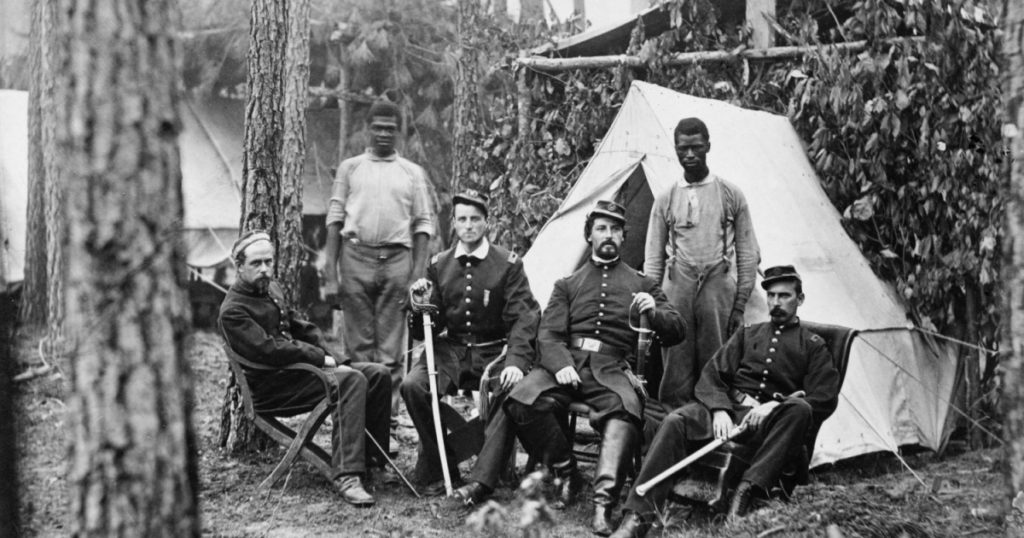
The US slaveholders attempted to negotiate a fugitive slave treaty with Mexico as slaves began to flee from the US into that country. Mexico was urged to send the slaves back to the United States. In response, Mexico made it apparent that enslaved individuals were no longer in slavery as soon as they stepped foot on Mexican territory. From 1825 until the Civil War in 1865, the slave-owning inhabitants of Texas attempted in vain to persuade the Mexican government to sign the Fugitive Slave Extradition Treaty. Through a variety of means, over 10,000 slaves escaped from their owners and entered Mexico. Some rode away on horseback, and some were pedlars. Texas’s slaves had a hazy notion that there was a southern nation where they may eventually be set free. Indeed, slavery was outlawed in Mexico in 1829; but, it was briefly reinstated from 1836 and 1845, lasting nine years.
When the US pushed Mexico to sign the fugitive slavery pact

It intended for the same thing to happen as it had previously forced free states to bring back runaway slaves. However, Mexico angrily dismissed this plan. In spite of this, some slave owners employed slave catchers to bring their enslaved people back illegally. Scholars also propose that slaves in Mexico may have fled to freedom via a covert “underground railway.”
Read More: People Share What They Think Are the Biggest Mistakes in Human History
4. Beer in Drop Tanks

Beer was scarce for the soldiers fighting in Normandy during World War II because it was impossible to ship beer over the English Channel. Thus, the British Royal Air Force (RAF) pilots devised a novel way to carry beer instead of fuel: drop tanks. The greater altitude at which the flights flew helped to keep the beer cold. To cheer up the soldiers, the British brewery first handed away gallons of beer for free, but when the army arrived in Normandy, they found it difficult to maintain the supply. The soldiers began protesting that the only beverage available to them was a weak cider as soon as they realized there was a lack of beer in June 1944. RAF pilots proposed using drop tanks to convey beer as a solution to this issue.
It was possible for a single Spitfire to carry 90 gallons of beer in addition to 45 gallons of gas in a drop tank
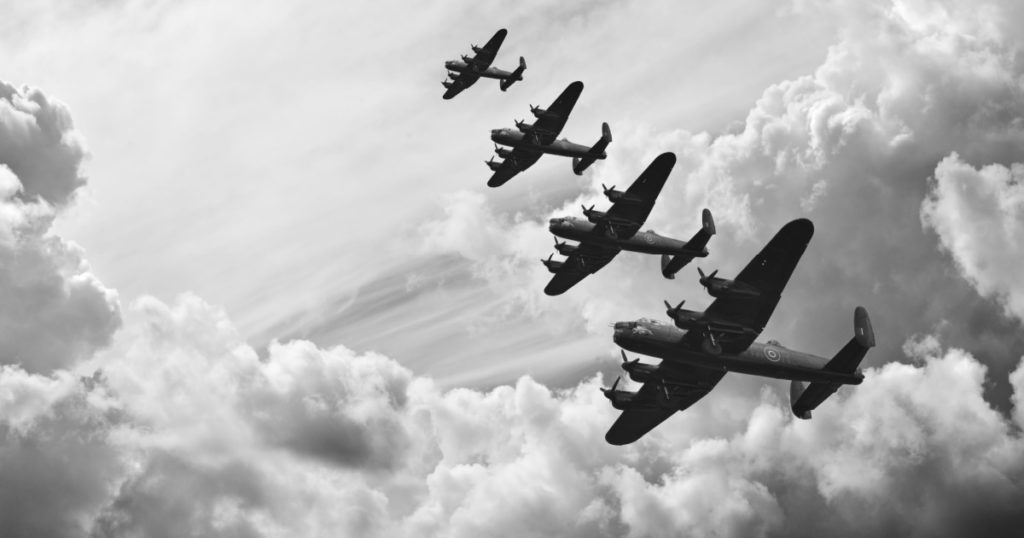
Ground staff began the special beer strategy by steam-cleaning the tanks. The soldiers who enjoyed the beer later referred to the aircraft that carried it as “flying pubs.” The mission started with the soldiers having to taste some fuel. With continued use, the fuel’s taste and smell diminished, but a metallic flavor persisted. In order to remedy this, the beer was subsequently transported in wooden kegs, which became known as “beer bombs.” Beer bombs tasted just like beer, but they were only available in small quantities. The technique was only loosely authorized, and senior officials were kept in the dark about it. As the Americans noticed, they joined in, elevating the ceremony to a new level. They also began bringing in some ice cream imports.
5. German Hyperinflation

When hyperinflation struck the nation in 1923, the value of the German mark fell from nine marks to the dollar to 4.2 billion marks to the dollar. The working conditions were so bad that a worker was once robbed of several weeks’ worth of earnings while hauling billions of marks on a wheelbarrow. The wheelbarrow was taken by the criminals, who abandoned the banknotes that had no value on the pavement.
Hyperinflation struck the Weimar Republic, which is now Germany, between 1921 and 1923
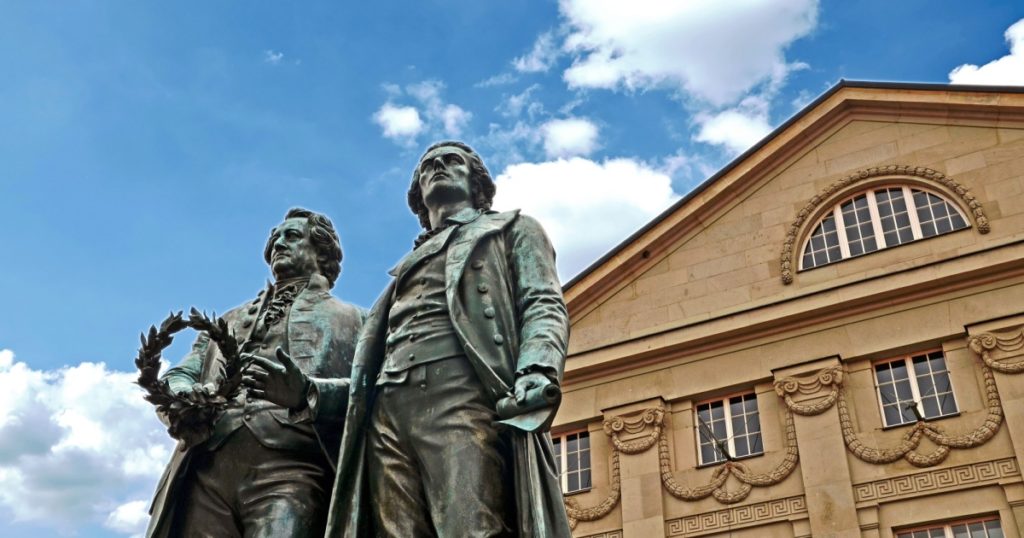
It peaked in the autumn of 1923 when inflation rates increased by an astounding 325,000,000 percent. One of the incidents where a worker was robbed while wheelbarrowing home his earnings for several weeks may be used to gauge the severity of the conditions. The wheelbarrow was taken by the thieves, who disregarded a billion marks of cash lying on the curb. In other cases, a German mother fired her boiler with a bundle of notes, while youngsters were seen on the streets playing with stacks of priceless cash. The nation lost employment and political stability during that one very horrible period, and there was an overall state of disarray among the populace.
6. An-Almost Nuclear Accident

In 1961, a US Air Force Boeing Stratofortress plane broke apart in midair, resulting in the unintentional landing of two nuclear bombs on North Carolina. The bombs had the potential to produce a 100% kill zone within an 8.5-mile radius and were 250 times more destructive than the ones dropped on Hiroshima. Luckily, none of the bombs detonated. On January 23, 1961, at midnight, a collision occurred above Goldsboro, North Carolina. The two Mark 39 hydrogen bombs that were carried by aircraft had a payload of four megatons apiece or four million tonnes of TNT explosives. Excessive gasoline leaking was identified as the accident’s cause. The team turned to head back to their base as soon as they heard about the 17,000-kilogram fuel leak.
Walter Tulooch, the pilot, lost control of the aircraft at 10,000 feet and gave the crew the order to abort

At nine thousand feet, five of the crew members were ejected safely. The two who didn’t land safely after being thrown perished. A bomb that was deployed using a parachute successfully completed its arming routine, but it failed to detonate because the parachute became lodged in a tree. The other one was discovered in a field full of mud. With an estimated speed of 700 miles per hour, it had crashed into it. It had crumbled to pieces and the bombs had not gone off.
Read More: Why Is Jesus Depicted As White?
7. Al Capone’s Free Meal Center

During the Great Depression in Chicago, the notorious mobster Al Capone opened a soup kitchen called “Free Soup Coffee & Doughnuts for the Unemployed.” Every day, the kitchen provided all three meals to 2,200 Chicagoans who were hungry and jobless. The so-called “Public Enemy Number One” set up a free meal center to feed the unemployed in the depressing month of November 1930. Almost one-third of those in the queue for meal registration, numbering close to 75,000, saw instant relief.
Despite having a small staff in the kitchen to serve all three meals a day
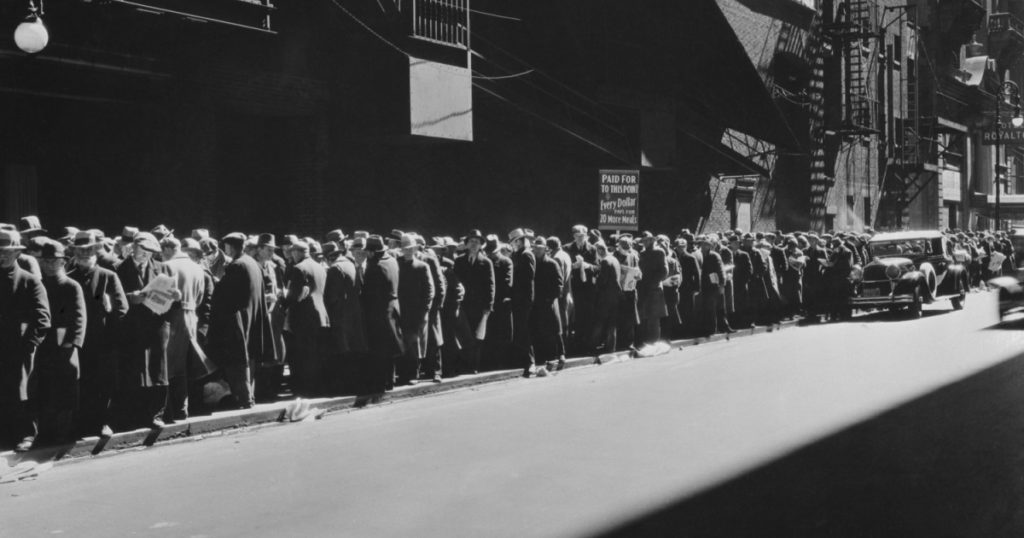
The total number of meals he sponsored exceeded 120,000. There was nothing requested of the hungry people, no one denied them, and they were not even required to provide proof of their necessities. Subsequently, an acquaintance of Capone stated that Capone chose to take care of the starving animals himself because he couldn’t bear to see them suffer. A lot of Americans saw him as an ordinary man’s hero because of this occurrence and several others in which he performed charitable deeds. But Capone ran the kitchen without using any of his own money. He extorted and bought off companies to contribute things.
8. Foretold Ancash Earthquake

In 1962, two American geologists discovered that the Peruvian town of Yungay may be completely destroyed by the collapse of a massive rock face on a nearby mountain. The authorities demanded that the two rescind the warning after learning about it and threatened to put them in jail if they didn’t. The scientists left the nation, and the people living there were made to keep quiet about the impending catastrophe. Eight years later, 20,000 people were killed in the Ancash Earthquake, which caused the rock face to really collapse.
Peru’s Ancash Region is home to the town of Yungay

Observing a big vertical slab of rock being eroded by the glacier on Mount Huascaran Norte, two American scientists named David Bernays and Charles Sawyer reported that the rock could fall and severely injure Yuga. In a foolish reaction, the authorities urged the two to take back their comments and asked the natives to keep quiet about it. The warning was realized on May 31, 1970, when the Ancash Earthquake occurred. Only 400 persons survived the 20,000 people who were killed by a debris avalanche on the Yungay as a result of the earthquake. At its highest velocity, the debris slid up to 15 kilometers at 620 meters per hour. The government designated the town as a national cemetery and outlawed excavation. Two km north of the old, devastated town, the new town was rebuilt.
Read More: 7 Places to Visit Before You Leave This World
9. The Origins Of The Punch Bowl

In 1694, Navy Admiral Edward Russell threw a six-day celebration in Spain that revolved around a cocktail prepared in a large fountain. The six thousand people were served beverages by the bartenders who rowed around the fountain in canoes. In fact, throwing this kind of celebration is a social custom known as “Punch,” which was quite popular in the 17th and 18th centuries.
Punch had long been a staple of naval festivities; in 1694, the Navy Admiral held a Punch party in Alicante for his sailors

Four hogsheads of brandy, 500 liters of wine, 20 gallons of lime juice, 2,500 lemons, 66 kilograms of sugar, five pounds of nutmeg, and 2,000 liters of water were blended together to create the drink, which was stored in a nearby fountain. Six thousand people showed up for the festivities, while bartenders rowed around the fountain in canoes, serving beverages.
10. America’s First Female Mayor Was A Practical Joke

As a practical joke, a group of males opposed to women in politics put a woman’s name on a slate of candidates for mayor in 1887. They believed very strongly that women would be humiliated by a certain defeat and would be discouraged from entering politics. In the end, Susanna Salter, the woman whose name was on the slate, won the election with a two-thirds majority, becoming the first female mayor in America and the mayor of Argonia, Kansas. Candidates were not supposed to be made public before to election day, so Salter was unaware that her name was on the ballot until the polls opened on April 4, 1887. She consented to take the position in the event that she was elected after learning about the circumstances. The Women’s Christian Temperance Union voted for Salter and withdrew their endorsement of their own candidate.
After accepting the delegation that the local Republican Party chairman himself had sent to her at her residence
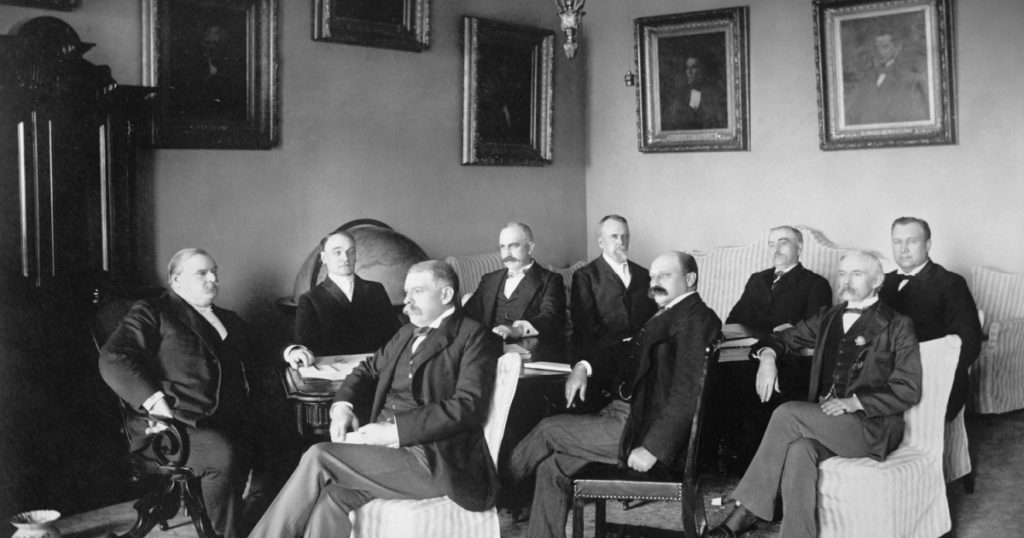
The Republicans also cast their votes for her. She was able to win the elections and become one of the first American women to hold any kind of political office because of all of this. When the media began to take an interest in the case, word of this unexpected development quickly went across the country. Through newspapers, the event also gained appeal as far afield as South Africa and Sweden. After just a year in office, Salter decided not to run for office again in 1888.
Read More: The Unsolved Mysteries of Skeleton Lake in the Himalayas
This content has, in part, been edited with the aid of an artificial intelligence language model. While we strive for accuracy and quality, please note that the information provided may not be entirely error-free or up-to-date. We recommend independently verifying the content and consulting with professionals for specific advice or information. We do not assume any responsibility or liability for the use or interpretation of this content.

